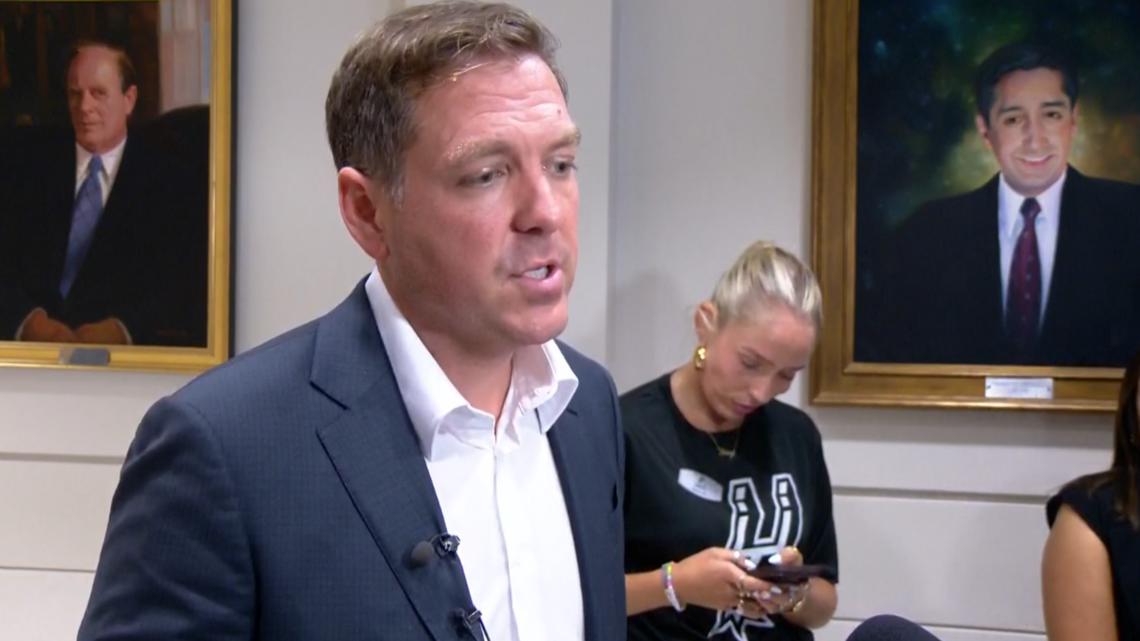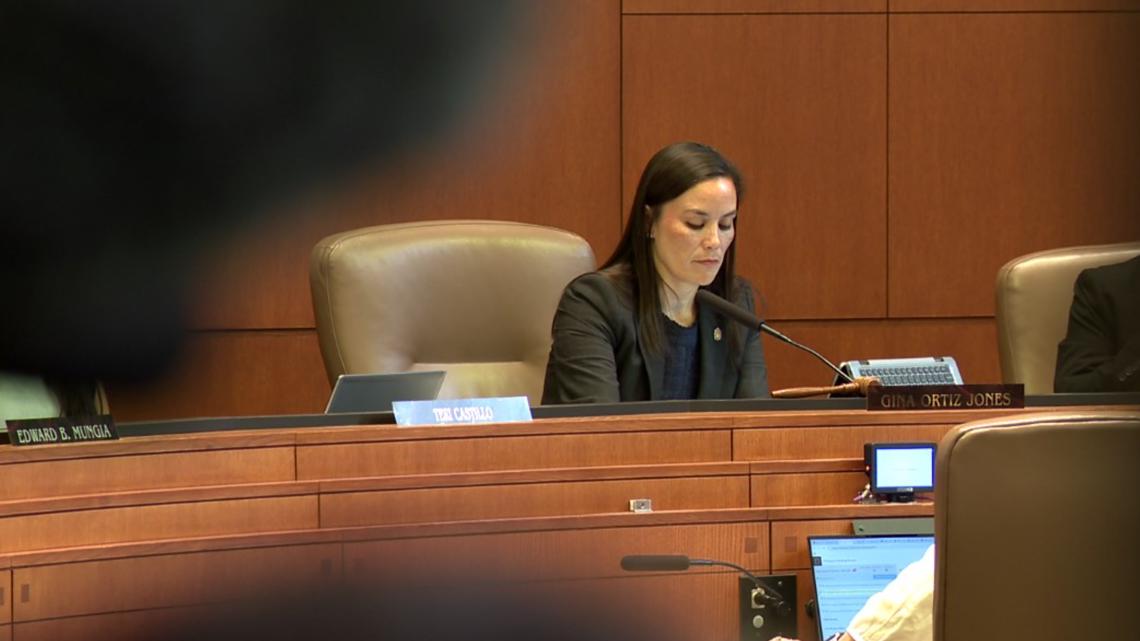Thursday’s pivotal vote is just the next step in a yearslong process.
SAN ANTONIO — San Antonio’s dream of a downtown sports and entertainment district got a new burst of momentum Thursday afternoon when City Council, rejecting Mayor Gina Ortiz Jones’ push for a “strategic pause,” voted to approve the proposed funding framework for a new Spurs arena expected to cost $1.3 billion.
Jones had said she wanted a deeper, independent economic analysis specifically focused on the new arena, referring to it as “due diligence” to ensure the public has all the facts. A majority of the 11-member council disagreed, saying that now is the time to forge ahead. Some even suggested that no study could fully convey the value of the Spurs to the city they call home.
So what happens now? Well, don’t expect ground to be broken anytime soon on an arena.
That’s because the public – specifically, Bexar County voters – must still give the headlining Project Marvel component its blessing. Come Nov. 4, voters will head to the polls to approve or reject a venue tax allocation comprised of hotel and rental car dollars that will comprise the county’s contribution to the arena.
And while it’s only the county’s share of the arena cost that is being voted on, it’s largely a referendum on the arena as a whole—everything laid out in the term sheet green-lit by council Thursday, including the Spurs’ $500 million arena contribution and the city’s allocation of up to $489 million, is contingent on that measure passing Nov. 4.
Though many, if not most, of those who spoke in the public comments section of Thursday’s City Council meeting expressed they wanted more information before giving their say in the venue tax election, Spurs Sports & Entertainment Chairman Peter J. Holt said he preferred to focus on the “tremendous velocity” afforded by council’s go-ahead.
“We have to work with city leadership – and county leadership, all the stakeholders – to first work on the awareness campaign that needs to happen for the November election,” Holt said. “We have an immense opportunity ahead of us to communicate, to educate and to answer questions.”


What exactly that awareness campaign looks like remains to be seen in the coming weeks.
But Bobby Perez, the Spurs’ chief legal counsel, said Thursday that work would start “immediately” to meet with the community to answer questions and secure votes before November.
Something else can happen in the coming months: the initial stages of an independent economic impact report. Though council failed Jones’ resolution seeking to push back sheet approval, many still supported the idea of an additional study not tied to the Spurs, especially the mayor.
But immediately after the vote, Jones also floated the possibility of allowing San Antonians to vote on the city’s $489 million arena contribution in a May or November election.
“There will be an opportunity… for the people, assuming that ordinance passes with my council colleagues, and I’d hope it would, that the city voters would be able to vote on the city’s contribution towards the arena.”
It remains unclear how that might happen, however, given the city’s slice of the pic is being baked up via revenue bonds. Unlike general obligation bonds that fund public projects, revenue bonds don’t go to a ballot in Texas.
Asked for clarification, Jones it would remain to be seen what shape such a move takes.
“But there is an opportunity,” she went on to say, “for City Council to put this to a public vote via simple ordinance. At the very least, we should do it in this instance given what a momentous and public investment this would be. This allows voters to weigh in twice.”


As for the question on everybody’s minds: The drafted term sheet between the Spurs and city, while expected to be finalized soon, states that “design and construction of the arena is expected to take up to 57 months,” ultimately delivering a completed facility “by the start of the 2032-33 NBA season.” That’s technically when the team’s lease at the Frost Bank Center ends.
Those details mean we’re certainly many, many months – and perhaps a couple years – away from an arena starting to rise at the site of the former Institute of Texan Cultures.
